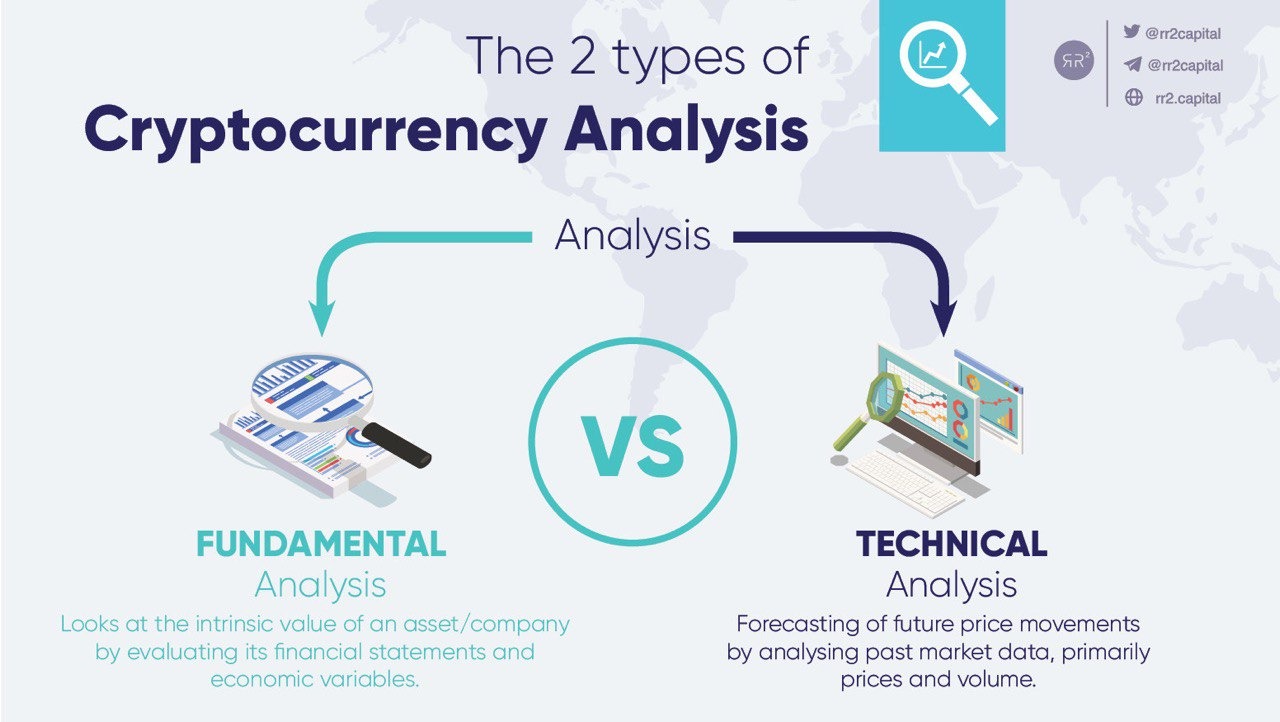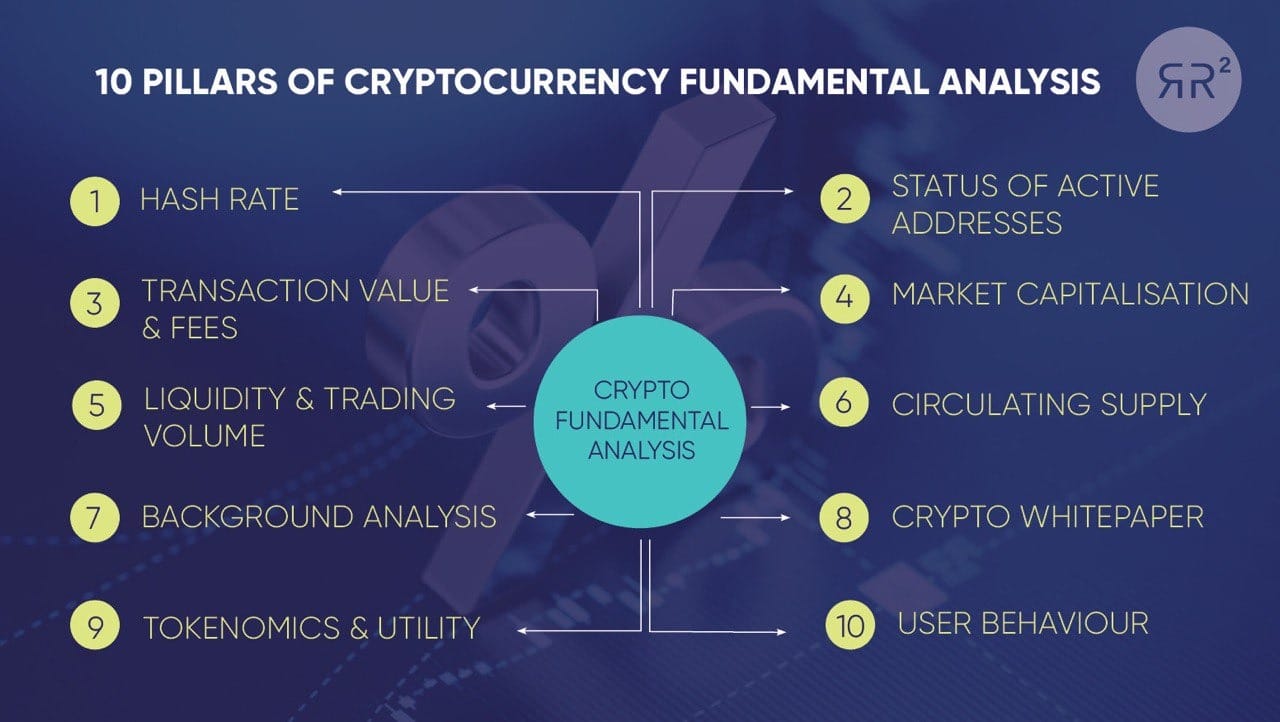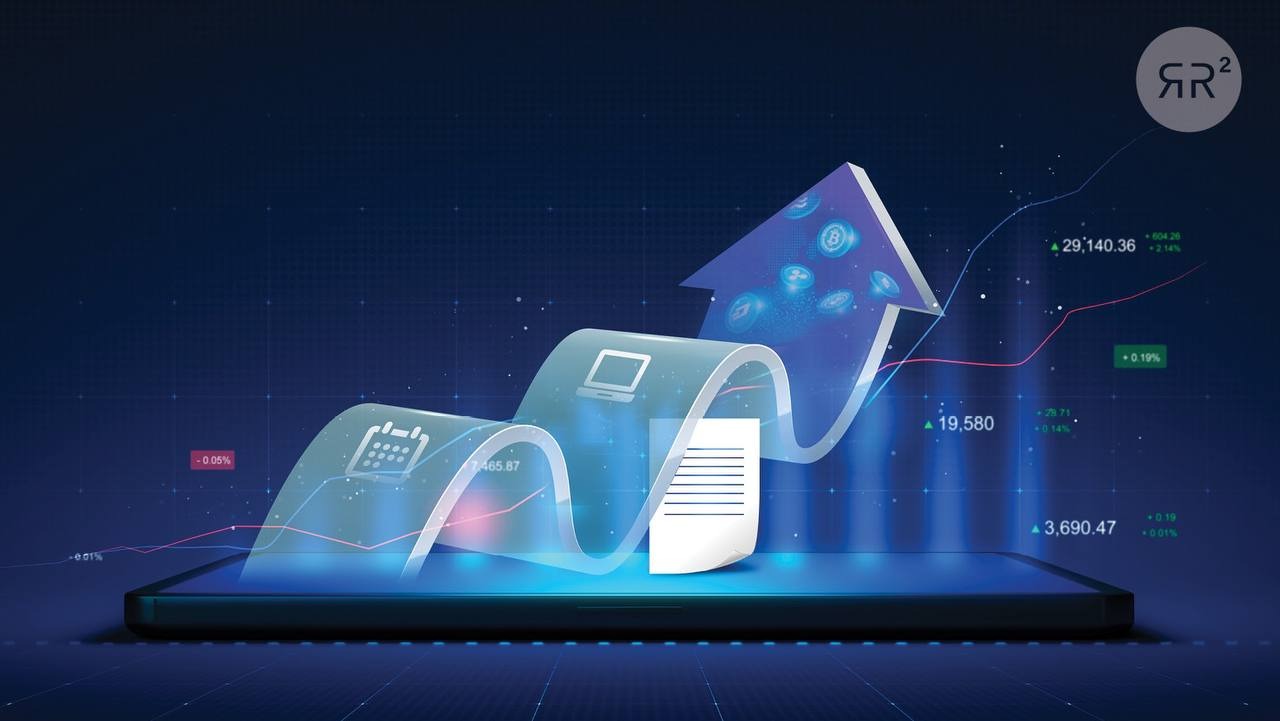Are you ready to learn how to perform a fundamental analysis of cryptocurrencies? Cryptocurrencies are a rapidly growing asset class and can be incredibly lucrative investments. In this guide, we’ll walk you through the basics of performing a fundamental analysis of crypto assets so that you can make more informed decisions when investing. Let’s dive in!
What is fundamental analysis?
Fundamental analysis – as opposed to technical analysis – is a method of evaluating an asset’s intrinsic value regardless of its current market price. This means looking at the underlying factors that influence the price of an asset and assessing its true worth rather than simply relying on market performance or speculation.
To do this, you need to be aware of all news, economic indicators, and company activity related to the cryptocurrency you are investing in – such as developments in technology, regulatory changes, on-chain metrics, demand/supply dynamics, investor sentiment, and other financial metrics.
Having a comprehensive understanding of these elements can help you make more informed investment decisions and increase your chances of finding a project with high intrinsic value and low current price.
How to do fundamental analysis in crypto projects?
Fundamental analysis of a crypto project is typically undertaken by looking at the underlying factors that influence its price in the long run. This includes examining news reports, financial metrics, economic indicators and company activity. You should also look at the project’s whitepaper to understand its motivations, goals and strategies for growth.
To determine if a project is undervalued compared to its actual worth, use technical analysis to gauge the current market sentiment and compare it to the projected value of a given project. Let’s look at all these factors in detail.
Background analysis – Team and their history
Evaluating the team for a crypto project requires an in-depth background analysis. Gather as much information as possible about each individual involved in the project and their career experience. Read interviews or press releases to find out more information on the team’s goals and objectives and what they are doing to progress.
Also, consider if any of the team members have a legal background, which can help with developing regulations or contracts in the crypto space. Looking at each person’s skillset will give you an idea of how likely it is that the project will be successful.
When doing a background analysis on a crypto project, do not only look at the team’s history and experience but also consider their network of partnerships. Assess how well-connected they are within the industry by researching who their current partners or investors are. Analyze if the project has had successful collaborations with other projects or organizations in the past.
Consider the compatibility between their capabilities and current market conditions. Do they have experience developing a project during a potential bear market?
Evaluate any promotional activities they may have conducted, such as campaigns, conferences or events. Investigate their strategies for growth and any updates they have made to their technology.
Project roadmap
When researching a crypto project’s roadmap, pay attention to any upcoming milestones. Review the project’s whitepapers and other documents for information about their vision and plans for the future. Take a look at how well-defined their timeline is and if they seem to be on track with developing features. Consider if there are any upcoming upgrades or updates being planned that could affect the value of the currency in the future.
Whitepaper
A whitepaper is usually the first step in understanding the fundamentals of a crypto project (although not every project has a whitepaper). It is a technical document describing all the important details of a project. Start by reading through the document to assess how well-explained the concept is and if any technical information is provided. Compare the presented idea with other established projects in order to evaluate its uniqueness.
Next, assess what type of consensus mechanism is used and if it has been tested and proven stable enough for the proposed solution. Make sure to check all financial data related to token distribution and company funding, as this can give you an idea of how well-backed the project is. Also, review any legal information provided as part of the document, such as copyright or trademarks, which may affect future development plans.
Target market analysis
Performing a target market analysis is essential for any new business venture, including crypto projects. Start by understanding the customer profile and identifying their common traits, needs and preferences. Analyze competitors in the space to better understand the scope of the market and if there is potential for growth. Consider geographic restrictions that may affect which countries can access your services or offerings (such as a potential crypto ban on a big market).
Tokenomics and utility
A close look at tokenomics and token utility is one of the most important factors when conducting a fundamental analysis of crypto projects. This is unique to crypto and can take some practice for new investors to wrap their heads around.
Start by understanding the purpose of the token and how it’s used within the platform or ecosystem. Then, review any available data about inflation, deflation, supply and demand for the token, any plans for listing it on various exchanges, what percentage goes to the team, the advisors, the investors and – in case of a crypto gaming project – the players.
What does the token unlock schedule look like? As a baseline, the longer it takes for the team and investors to receive their tokens, the better, as it incentivises sticking around and creating value rather than quickly cashing out and potentially bailing.
Research what type of governance model is in place for the token and if it aligns with the stated goals. Evaluate any economic incentives being offered, such as staking rewards, to ensure they are sustainable in order to attract users.
Development status
Start by researching their development progress so far to get an understanding of the team’s capabilities. Analyze the codebase to determine if it is up to industry standards and if its functionality is able to meet the needs of users.
Review any audits that have been conducted on the platform and make sure that no security vulnerabilities exist. Assess whether or not there are regular updates being released from the team, which shows that they are actively developing the project.
Finally, evaluate any partnerships or integrations with other projects, as these can be valuable for additional adoption and usage of your offering. When other trusted crypto projects decide to integrate with the one you are researching, it means that they have passed their due diligence process already.
Partnerships
Research any existing and potential partners to ensure that their goals align with yours and that they are a good fit for the project. How did they behave with other partners before? Any token dumps in a partner’s history could be a warning sign and potentially indicative of their intentions with this project too.
Analyze what type of reach each partner will have in terms of its user base, network, and infrastructure. If you have access, review any legal contracts associated with the partnership so that you understand the exact terms and obligations.
Determine if there are any incentives in place to motivate users or encourage the adoption of your project. Assess how the partners can help drive marketing and brand awareness efforts to enhance visibility and grow the user base. Lastly, make sure that the partnership is beneficial for both parties and could potentially lead to long-term success for all involved.
Market cap and liquidity
Market capitalization provides an indication of the project’s market value, while liquidity helps assess how quickly it can be bought or sold. Start by researching the project to determine its current and potential value. The current market cap can only be evaluated together with the token unlock schedule, and the fully diluted market cap is often a better indicator of whether a token is overvalued or not.
Analyze the trading volume for the token, as well as the number of active traders and exchanges that list it, to assess if there is enough liquidity in the market. Consistently high transaction value is a good sign but often missing in the case of an early-stage project. Consider any upcoming events, such as a hard fork or the launch of a new product which could potentially influence the token’s price movement.
Explore any partnerships that could increase interest in the project and add value to holders of its tokens. By taking this approach, you will be better equipped to assess whether or not an investment in a crypto project makes sense for you, given its market cap and liquidity levels.
Marketing and community
Behind every great project, there is a great community, and this is usually a reliable indicator of the quality of the marketing efforts up to this point. A good way to measure community engagement is to look at the project’s social media presence: how many followers it has, how active users are participating in discussions, and what kinds of questions people are asking.
Gauging the attitude of the community towards the project is also important – if it seems overly hostile or suspicious, that could indicate issues with either communication from management or the project itself. Additionally, evaluating how accurate the team is when discussing its roadmap plans and performance thus far can be a telling of how well the company communicates with its supporters. Techniques such as sentiment analysis are also useful for getting an objective read on public opinion about a cryptocurrency project.
Blockchain metrics
Evaluating blockchain metrics is another unique step of crypto fundamental analysis. This can be done by analyzing on-chain metrics related to both the project and the blockchain it is built on, such as the number of active users, total wallet addresses, money supply, transaction frequency and velocity, on-chain activity, etc.
Another factor when evaluating a project’s metrics is understanding who is driving usage or transactions – are they from institutional investors, retail investors, or actual users (such as players of a crypto game)? Information about public sentiment can be gauged from the activity of the community and social media feeds across all channels. With this data in hand, you can obtain better insight into how the project works and whether it has good long-term potential or not.
Regulation
Regulators are notoriously falling behind the pace of development of new technologies such as blockchain and crypto. Thanks to this, much of the legal landscape surrounding crypto projects is murky at best.
With that said, most projects operate under certain laws, regardless of their underlying technology. A thorough review of the regulations applicable to the country of origin and then each jurisdiction where the project will be launched is critical when assessing overall risk and potential.
It is also important to assess how those regulations may shape or even limit the project’s functionality over time by introducing additional obligations, such as capital reserve requirements or reporting compliance standards.
Understanding how a crypto project interacts with regulators offers key insights into its potential future value and whether it is likely to be embraced by customers from both a trust and security standpoint. This is one area a crypto investor must keep an eye on constantly.
Risks and potential rewards
An accurate risk/reward assessment is the ultimate goal of fundamental analysis, and we must assess both internal and external factors for the risks and potential rewards.
Risk assessment involves analyzing any potential vulnerabilities in the system, such as scalability issues or security threats, as well as assessing the overall financial health of the project. We already talked about researching the team behind a project and looking for successful track records and potential warning signs in their past.
As for the potential rewards, look at how similar projects have performed in the past in different parts of the market cycle. Are they still around? Have any similar projects successfully made it through a bear market and thrived afterwards?
Ultimately, conducting a thorough risk/reward analysis may be time-consuming at first, but by taking the time to assess each element of a crypto project, we can find potential gems in the market. And the crypto investor who succeeds in this will often be rewarded with profits unheard of in any other industry.
About RR² Capital
For more information about RR² Capital and our expansive disruptive technology-focussed investment portfolio, visit our website here or send us a mail here.





